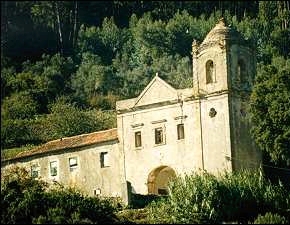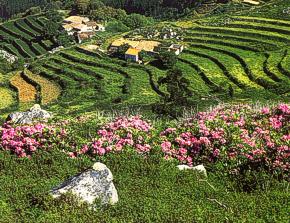|
Tourism |
|
| Portugal > Tourism > Algarve > Monchique | |
| History | Places of Interest | Monchique Town | Lodging Algarve | Handicrafts | Gastronomy | |
|
|
|
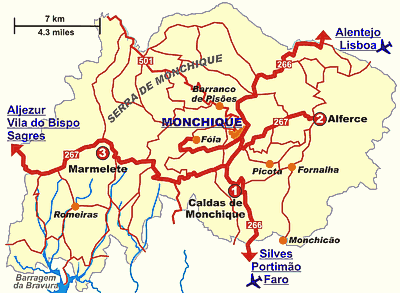
|
| History |
|
Monchique municipality, enters the annals of history with the arrival at Caldas de Monchique of Roman settles drawn by the curative powers of the local waters. The local population grew slowly over the years and by the 16th century Monchique was big enough to justify a visit from King Sebastian (1554-1578) whose intention was to grant it the status of a town. Monchique's prosperity was founded on weaving wool and linen to make the sturdy fabrics worn in times gone by and on other activities that included felling and working the wood of the local chestnut trees. It earned its civic charter in 1773. The economic changes wrought by industrialisation signalled the end of local textile production and other manufactures. Today Monchique is a pretty town with a diversified economy based on tourism and crafts. |
| Places of Interest |
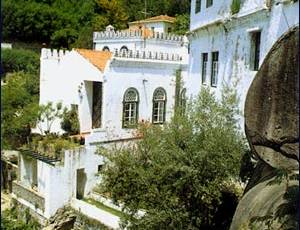 |
|
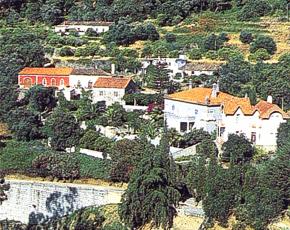 |
| It is worth taking the turn off to Barranco dos Pisões evocating the old water driven machinery that was once used to beat the woollen cloth and blankets produced locally. Abandoned water wheels are another sign of the region's bygone economic importance. But the most spectacular route is perhaps the road down from Alferce to Fornalha and Monchicão through the mountains. |
| Handicrafts |
|
The craftsmen and women of Monchique still make wicker
baskets, wooden spoons, knives and other kitchenware, cloths and other
linen items as their predecessors did for generations before them.
Scissor chairs, so-called because of the way they fold shut, are possibly
an invention left behind by the Romans, and are to be found in all
sizes. Modern craft trends are reflected in dried flower arrangements
tapestry pictures and sculptures made of tree branches.
|
|
 |
| Gastronomy |
|
Dishes made with rice and beans or chestnuts are not
to be missed. Equally tasty are the many recipes based on pork which
also finds its way into a wide variety of delicious home made sausages
and blood sausages, including "farinheiras" and "mólhos".
Another local delicacy is the ham cured using methods centuries old,
its smoky, nutty flavour is unforgettable. Honey is an ingredient
common to nearly all the cakes and desserts. The nectar gleamed from
the many different types of wild flower makes a fragrant, complex
honey that has long had a reputation for quality. Indeed bees have
been kept commercially since the 16th century. At the end of a meal
nothing goes down like a glass of "medronho", the heady
spirit made in copper stills from the fruits of the arbutus tree.
|
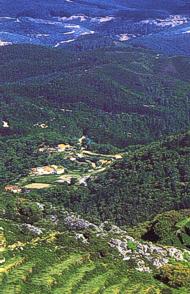 |
|

|
| History | Places of Interest | Monchique Town | Lodging Algarve | Handicrafts | Gastronomy | |
| Portugal > Tourism > Algarve > Monchique | |
|
Monchique |
|

